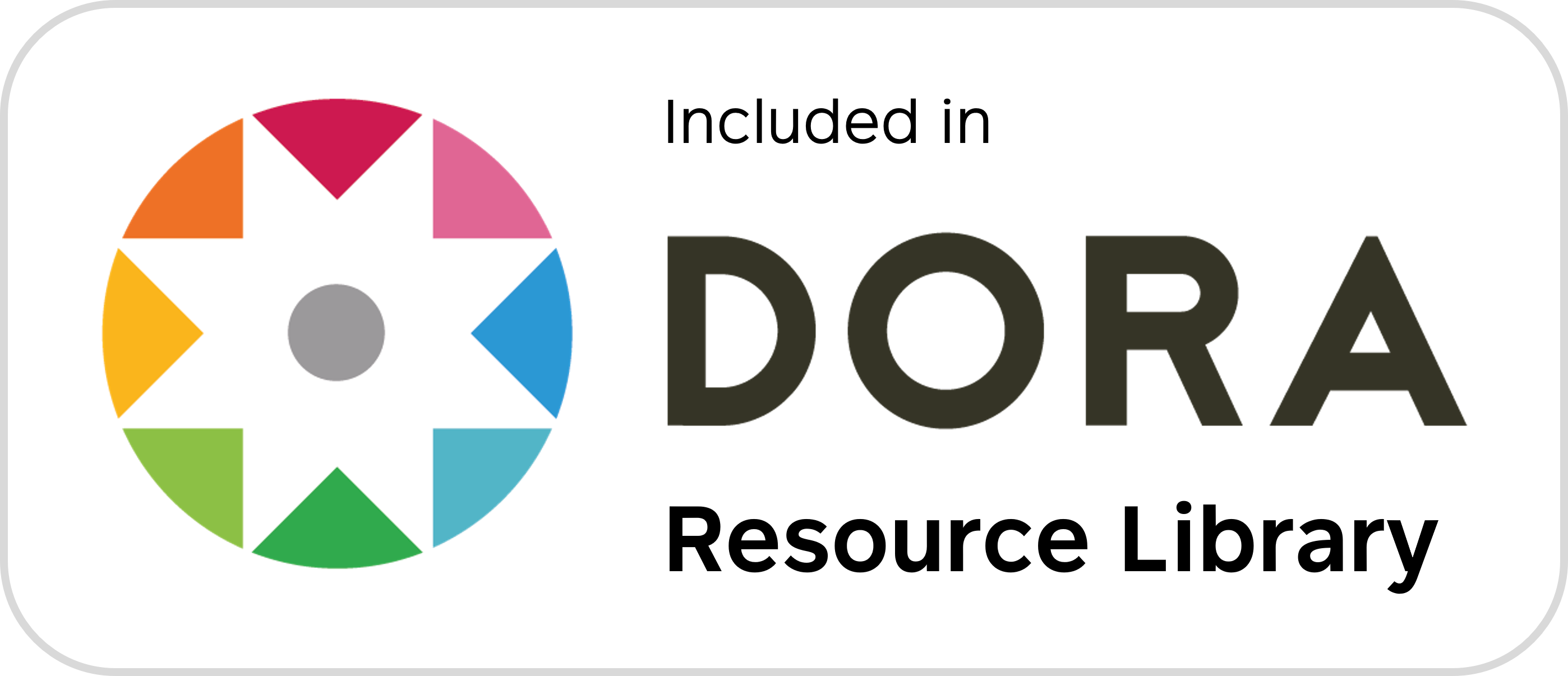Publication Process
Publication Process
The publication process for Advances in Public Law and Crime (PLICE) is designed to ensure a rigorous, transparent, and efficient review of manuscripts. Below is a step-by-step outline of the publication process from submission to final publication.
1. Manuscript Submission
- Online Submission: Authors must submit their manuscripts through the journal’s online submission system available at https://analysisdata.co.id/index.php/PLICE.
- Submission Requirements: Manuscripts should comply with the journal's Author Guidelines, including formatting, length, and style requirements. Authors must provide all necessary supplementary materials, such as figures, tables, and ethical approval documentation (if applicable).
2. Initial Editorial Assessment
- Preliminary Review: The editorial team conducts an initial assessment of the submitted manuscript to determine its suitability for the journal's scope and adherence to submission guidelines.
- Decision: If the manuscript does not meet the requirements, it may be returned to the author for revisions or rejected without further review. Manuscripts that pass this initial assessment are forwarded for peer review.
3. Peer Review Process
- Double-Blind Review: The journal employs a double-blind peer review process, where both the authors and reviewers are anonymized. This approach aims to reduce bias and promote objectivity in the evaluation of the manuscript.
- Reviewer Selection: The editorial team selects appropriate reviewers based on their expertise and familiarity with the manuscript's topic. Reviewers are given a specific timeframe to complete their reviews.
- Review Feedback: Reviewers provide detailed feedback, including recommendations for acceptance, minor revisions, major revisions, or rejection. The editorial team evaluates these comments to make an informed decision.
4. Editorial Decision
- Final Decision: Based on the reviewers’ feedback, the editor makes a final decision regarding the manuscript. Authors will be notified of the decision, along with the reviewers' comments.
- Acceptance: If accepted, the manuscript proceeds to the production phase.
- Revision: If revisions are requested, authors must address the reviewers' comments and submit a revised manuscript within the specified timeframe.
- Rejection: If rejected, authors are provided with feedback and may consider submitting to other journals.
5. Manuscript Revision
- Resubmission: Authors whose manuscripts require revisions should submit the revised version along with a response letter detailing how they addressed the reviewers' comments.
- Further Review: The revised manuscript may be sent back to the original reviewers for additional evaluation. The editor may also decide to involve new reviewers if necessary.
6. Production and Typesetting
- Copyediting: Once a manuscript is accepted, it undergoes copyediting for grammar, clarity, and formatting consistency. Authors may be consulted for any content-related queries.
- Proofreading: Authors receive proofs of their articles to review and correct any remaining errors before publication. It is crucial to respond promptly, as this stage is time-sensitive.
7. Publication
- Online Publication: After final approval, the article is published online on the journal’s website. It is assigned a Digital Object Identifier (DOI) for easy citation and access.
- Indexing and Archiving: The published article is indexed in relevant databases and archived for long-term accessibility.
8. Post-Publication
- Promotion: The journal actively promotes published articles through social media, newsletters, and academic networks to enhance visibility and engagement with the research community.
- Continuous Feedback: Authors are encouraged to share their experiences with the publication process, providing insights that can help improve the journal's operations.























